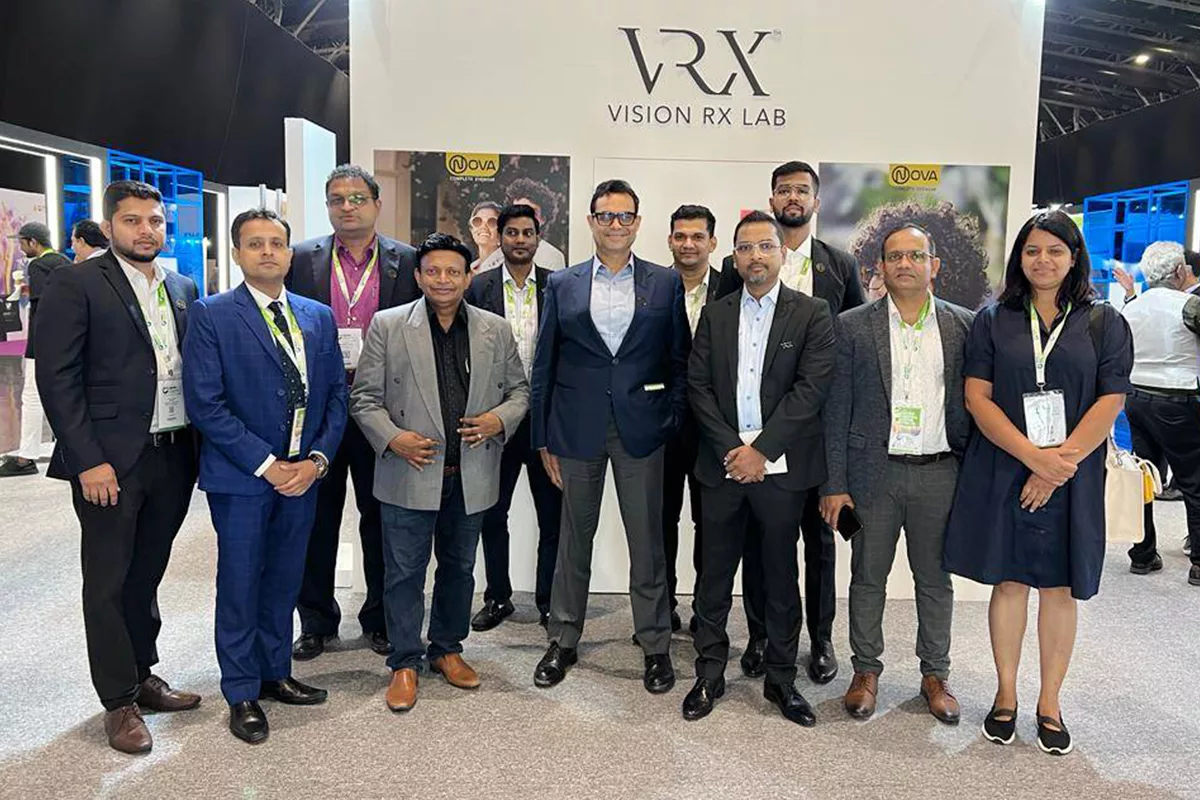The findings are based on a study conducted by GBI Research.

The ophthalmology therapeutics market for Dry Eye Syndrome (DES) and glaucoma in the eight major countries — the US, the UK, France, Germany, Italy, Spain, Canada and Japan — is expected to increase moderately, climbing from $3.7 billion in 2012 to $6.1 billion by 2019, at a Compound Annual Growth Rate (CAGR) of 7.6%, forecasts business intelligence provider GBI Research.
According to the firm’s latest report, the five European countries are expected to show the fastest growth over the forecast period, with a CAGR of 20.4%. Meanwhile, the three remaining markets will witness slightly lower CAGRs, with Canada at 9.8%, the US at 4.3% and Japan at 2.7%.
A major factor driving the market expansion is the fact that the ophthalmology pipeline is becoming increasingly innovative, with a number of promising drugs in late-stage development and a cluster of novel molecules in the early stages.
Saurabh Sharma, Senior Analyst for GBI Research, says, “There are currently five molecules in the pre-registration stage that are expected to be granted approval within the forecast period. Two of these are indicated for DES and three for glaucoma. Additionally, nearly 36% of the pipeline for glaucoma and DES consists of molecules already in the late stages of development.”
Other market drivers include the rising awareness of the importance of detecting ophthalmic diseases early, the availability of effective diagnostic tools and an increase in the prevalence of both DES and glaucoma.
However, the ophthalmology market will face major barriers during the forecast period, including the loss of patent for many blockbuster drugs, such as Lumigan, which will lead to subsequent pressure from cheaper off-label products.
“Governments will always favor low-cost generics and encourage pharmaceutical firms to keep drug prices low. In many cases, governments substantially control patient access to medications, making it difficult for branded manufacturers to recover the research and development costs involved in drug discovery,” the analyst concludes.












